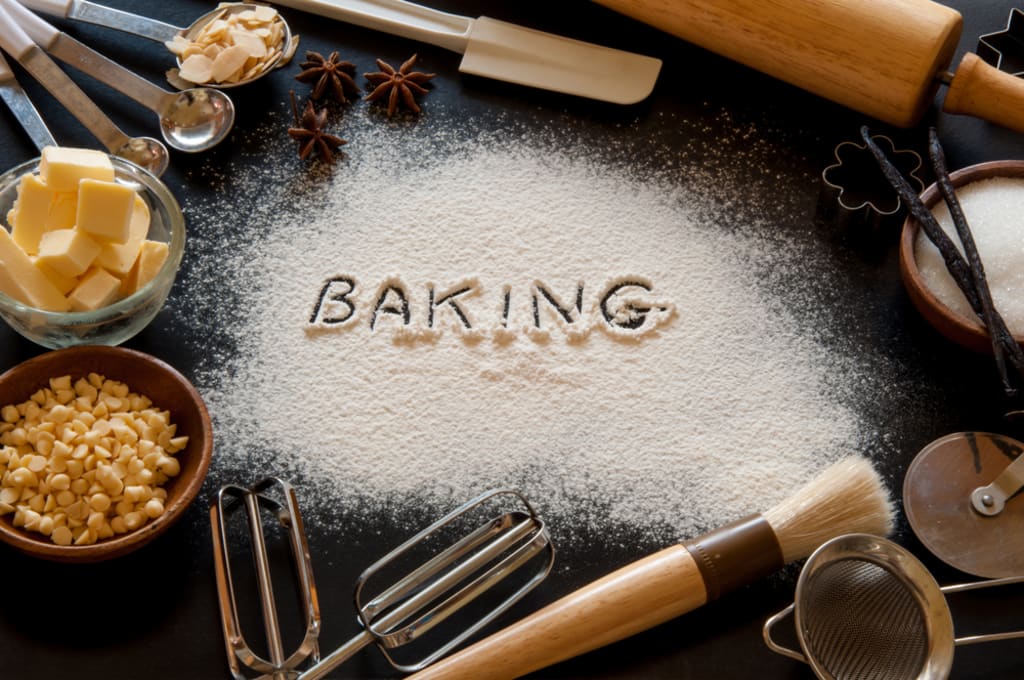
February is designated by the Home Baking Association as Bake For Family Fun Month. Home baking is a booming 78.3 billion dollar industry. 31% of Americans bake once a week, while 24% bake once a month. Home baking is a creative way to gain control over what your family eats. It can also be a way to introduce your family to new flavor combinations without spending big money on pre-made goods. Baking is a proven bonding activity creating many fond memories for your children. Getting into baking may seem like a lot to take in, but it’s simpler than you realize. Baking is a basic science, and here’s how to get started.
The Tools

As a beginner, you’ll only need a few basic tools to get started. To properly measure out ingredients, you will need measuring cups for both dry and liquid and spoons. Three different size mixing bowls are a great start for beginners as most recipes require dry ingredients to be prepped separately for the liquids. To mix everything, you’ll need a solid mixing spoon, a whisk, and a hand mixer. Get a rubber spatula to scrape the sides of the bowl so you can get as much batter out of it as possible. Many recipes call for a brushing of egg wash or oil, so you’ll need a pastry brush for that. A silicon baking mat will prevent you from ruining your baked goods that are stuck in the pan.
Buying Pans

One of the main, and most important, pieces of equipment you’ll need are pans to bake your goods in. You’ll need a rimmed baking sheet for cookies. Cakes will mean you’ll need a 6-inch round cake pan. For sheet cakes, brownies, and bars, you’ll need a 2-qt square baking dish. Muffin pan for cupcakes and, well, muffins. If you fancy a pie, you’ll need a pie tin that is 9 inches in diameter and 1 inch deep. Breads are baked in a 9X5 bread pan. There is no particular brand to get, so get the ones you like. The pans should be either nonstick or silicon for easier removal of the baked goods. You’ll also want to get a cooling rack to prevent your food from overcooking since it will keep cooking for 10 minutes if left in a pan.
Going to Ingredient Shopping
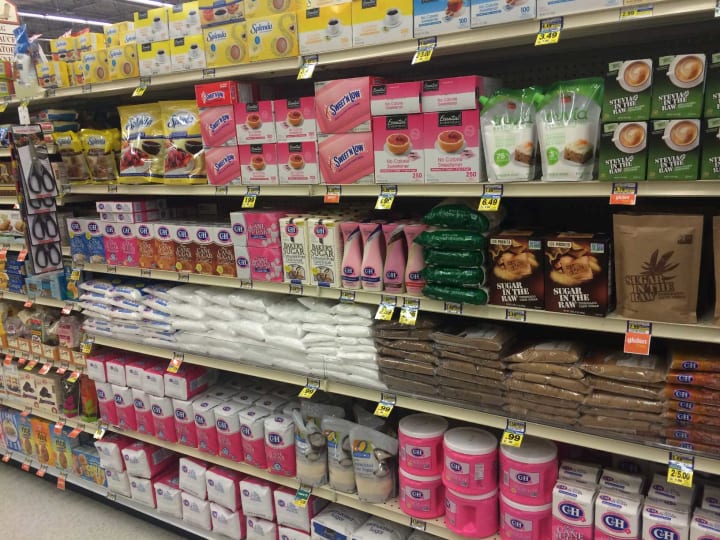
While starting, you’ll need a handful of basic ingredients to make an assortment of baked goods from. All-purpose flour is the jack-of-all-trades ingredient when it comes to baking. It is the key ingredient in 99% of recipes. Bob’s Red Mill has an amazing gluten-free option. Leaveners like baking soda and baking powder help goods rise. Granulated sugar is the most commonly used sugar in baking. Table salt that is not iodized can really make the flavors pop. Vegetable oil is great for both recipes and greasing a pan. Unsalted butter is the default choice in baking. Large eggs help bind ingredients together. Whole milk gives your product rich flavor and moisture.
Getting Started
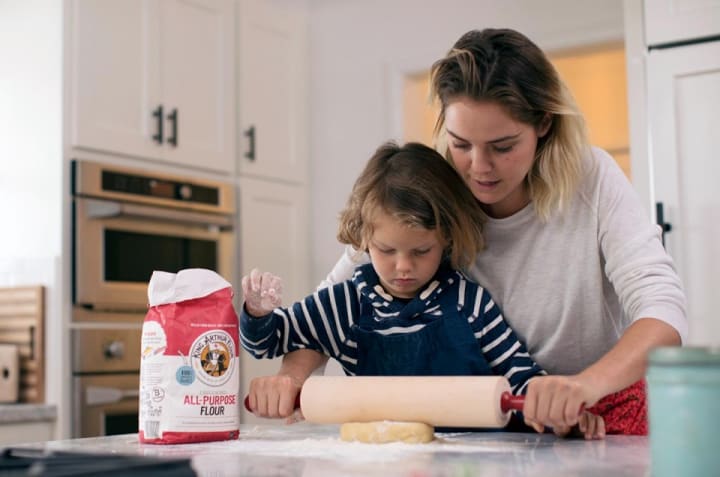
Before you start baking, here are some tips to ensure smooth sailing and super tasty treats. If the recipe calls for your ingredients to be at room temperature, don’t skip this step. Doing this will help them incorporate into the batter better. Grease and flour every square inch of the inside of the pan. This includes the corners and sides. If an ingredient is expired, toss it and get a new one. In the beginning, follow every step perfectly. Experiment later down the line once you become more familiar with baking. Mix until everything is well-combined, and no more. Over-mixing can damage the overall product. When combining dry and wet ingredients, do it in the bigger of the two bowls.
Preventing Burns

Burns are the most common, preventable injury you’ll get while baking. Here are some things you can do to prevent getting one. Keep hot objects on a stable surface and away from the edge. Don’t leave the stove unattended around young kids and pets. When taking items out of the stove, make sure you are wearing good-quality oven mitts. Never use a hand towel because these are not designed for this type of work. Let baked goods cool completely before serving them. Before cooking, clear the area of any flammable materials. Wear short, close-fitted clothes with tightly rolled sleeves to lessen the risk of catching on fire. For more information on burns visit https://vocal.media/longevity/treating-burns.
About the Creator
M.L. Lewis
Welcome to my little slice of pie. This blog will primarily focus on prepping and homesteading skills with a sprinkle of fiction every now and then.


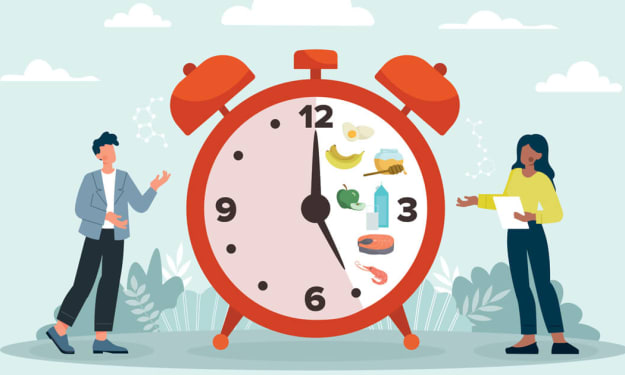

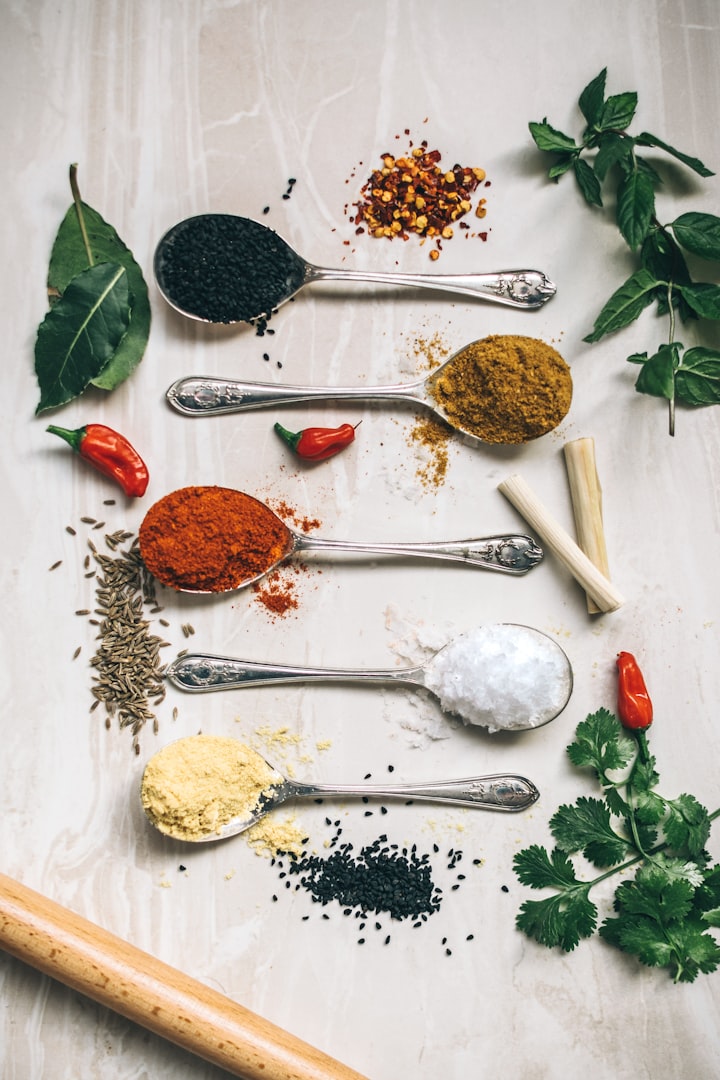

Comments
There are no comments for this story
Be the first to respond and start the conversation.